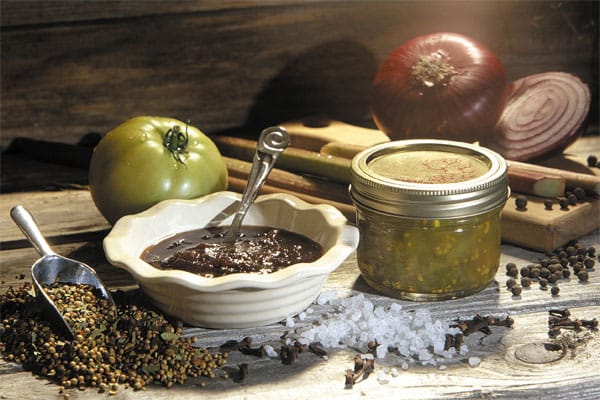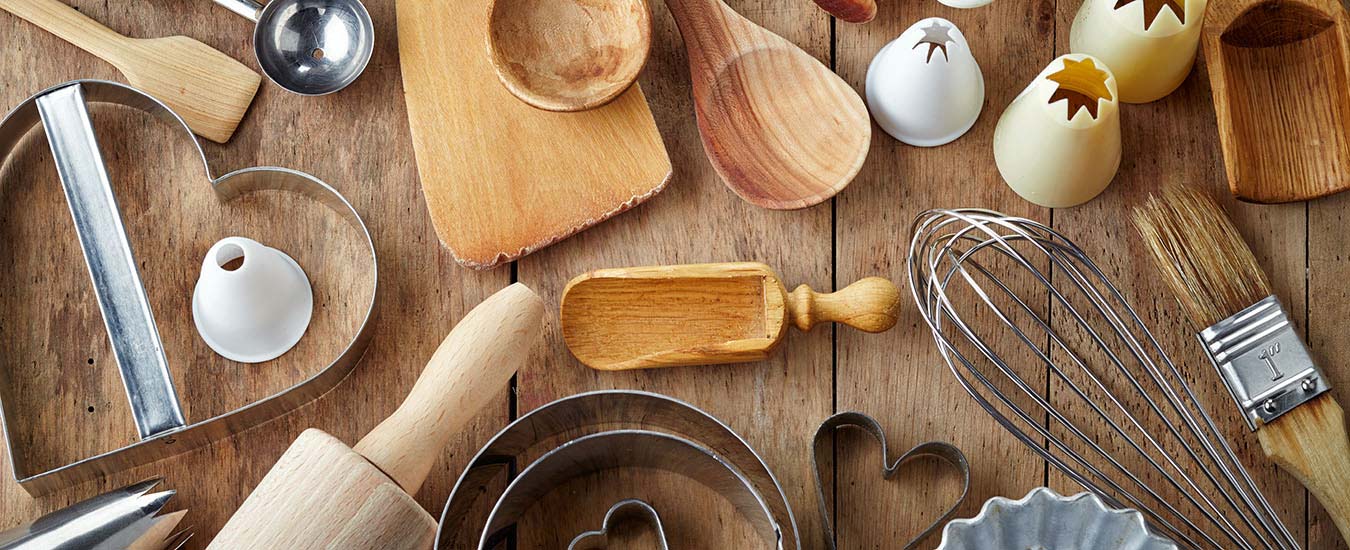To process or not to process? Will the question ever be resolved? One school of thought is that what was good enough for Grandma, is good enough for me. These are the picklers who re-use peanut butter and other (glass) jars, and seal them with paraffin wax. Admittedly, usually with good results.
The other school takes no chances on allowing molds, yeasts and unfriendly bacteria to grow and spoil the food they have lovingly prepared. They know that heat destroys the micro-organisms present in food, so they use the boiling water canner to process the filled jars at the proper temperature.

I'm one of the latter.
Even with jams and marmalades, which are protected by the addition of acidic lemon juice, and lots of sugar (a preservative), I feel the product is safer when properly processed.
So, here's a quick course on doing it the safer way.
Canning 101
- Choose the freshest produce available and wash it thoroughly.
- Check jars, avoiding any that are chipped, and wash in hot soapy water. Rinse, and place in boiling water canner, with enough hot water to cover. Heat to simmer. (Processing filled jars for 10 minutes or longer negates the need to sterilize.)
- Place snap lids in hot (not boiling) water. Keep lids and jars hot until ready to use.
- Once cooked, ladle hot food into hot jar, leaving headspace of one-half inch (1 cm) for pickles and one-quarter inch (0.5 cm) for jams, jellies and marmalades.
- Slide a non-metallic spatula between glass and food to remove any air bubbles. Readjust headspace, if needed. Wipe jar rims clean.
- Centre snap lid on jar; apply screw band just until resistance is met (finger-tip tight). Do not over-tighten.
- Place filled jars in hot water canner. Ensure that water covers jars by at least 1 inch (2.5 cm).
- Cover canner. Return water to boil.Process 10 minutes (or time given in recipe).
- Turn off heat, remove canner lid, wait 5 minutes to allow boil to subside. Remove jars without tilting. Cool jars upright and undisturbed for 24 hours.
- Check jar seals. Sealed lids curve downward and do not move when pressed. (You'll hear them pop when a seal is made.)
- Screw bands can be removed, washed and stored for reuse.
- Label and store jars in a cool, dark place.
